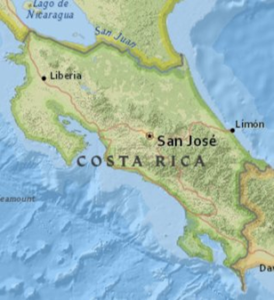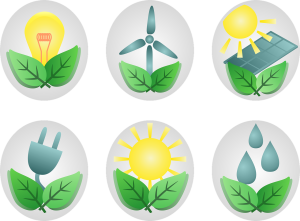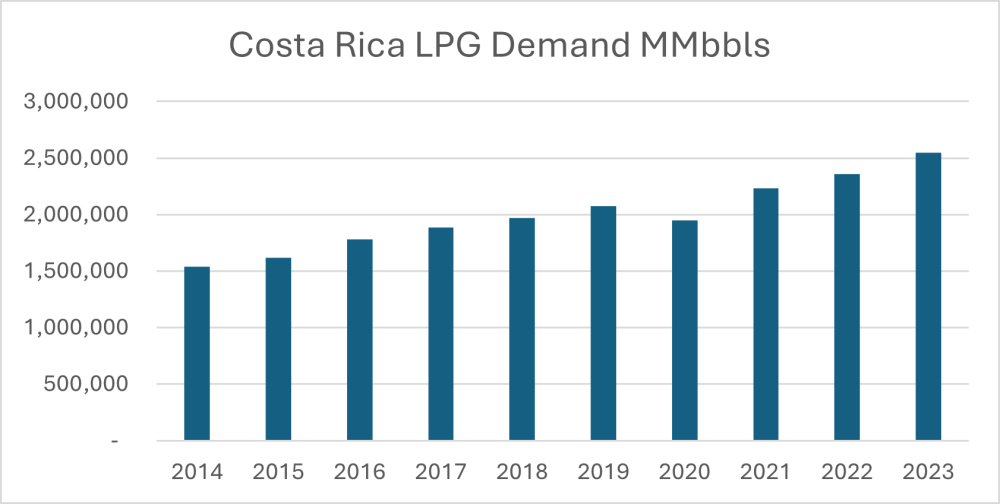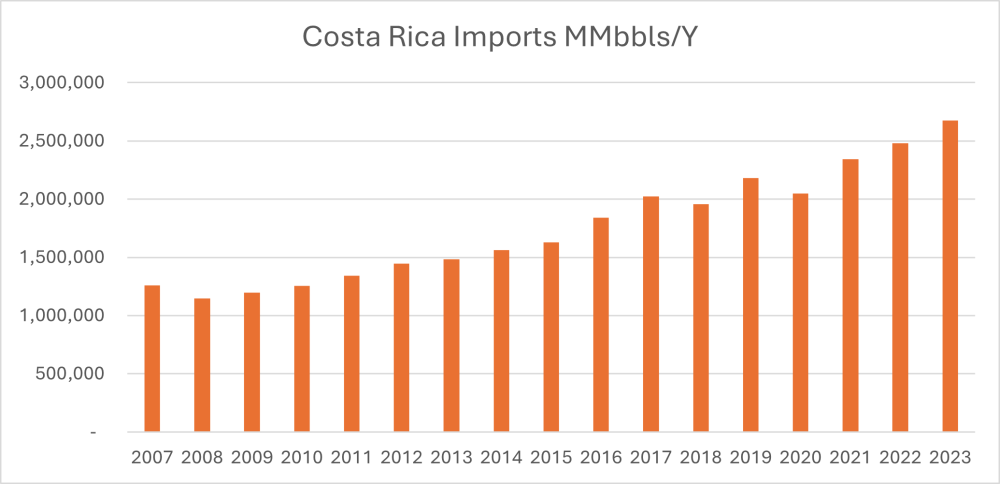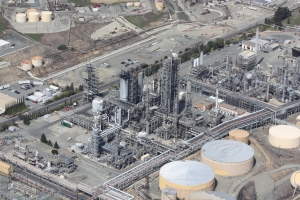Storage Capacity Versus Demand
The company in charge of managing hydrocarbons in Costa Rica is the Refinadora Costarricense de Petróleo (RECOPE). RECOPE is a state-owned company responsible for the importing, processing, storage, distribution and sale of fuels, asphalt and naphtha’s. Its mission is to ensure the continuous supply of these products, which is crucial for the economic development and stability of the country.
In addition, RECOPE plays an important role in Costa Rica’s energy security, managing the National Fuel System, which includes specialized facilities and equipment to ensure an efficient and safe supply.
Analyzing the link between consumption and the infrastructure capacity for LPG storage, we found that there is an ability to house approximately 150 Kbbls of LPG throughout Costa Rica. Looking at the relationship between available capacity and demand, we found that the infrastructure only has the capacity to store 5.85% of annual consumption. This means that, based on national usage, Costa Rica only has the capacity to store the amount of fuel required to meet 21 days of usage (about three weeks).
The LPG market in Costa Rica is constantly growing. The country’s population maintains a reasonable growth, compared to other countries in the region, and that generates pressure on supply and demand.

